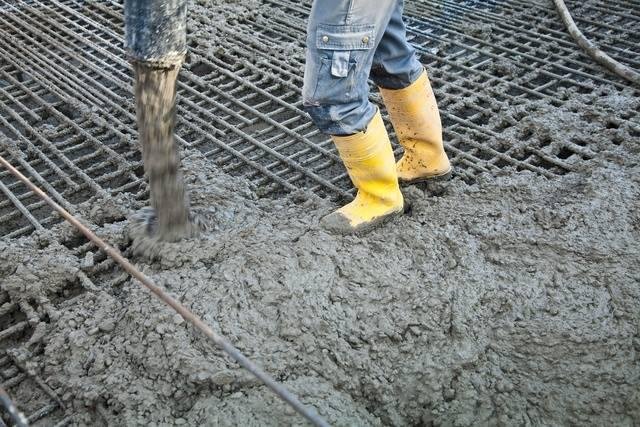-
Web sayfası bildirimcisi
- EXPLORE
-
Blogs
The Ultimate Guide to Concrete Repair: Tips, Techniques, and Solutions

Introduction: Why Concrete Repair Matters
Concrete is one of the most durable and widely used construction materials, but even this robust material isn't immune to damage. Cracks, spalling, and surface wear are common issues that can compromise structural integrity, aesthetics, and safety. Effective concrete repair not only restores functionality but also extends the life of your concrete surfaces.
Whether you're dealing with minor cracks or severe structural damage, this guide will provide you with insights and actionable solutions for concrete repair.
Common Types of Concrete Damage
-
Cracks:
- Hairline Cracks: Minor cracks caused by shrinkage or environmental changes.
- Structural Cracks: Deeper cracks that may indicate foundational issues.
-
Spalling:
- Occurs when the concrete surface flakes or peels, often due to freeze-thaw cycles or weak concrete mix.
-
Discoloration and Staining:
- Caused by exposure to chemicals, water, or UV rays.
-
Scaling:
- Surface wear due to freeze-thaw cycles or deicing salts.
-
Corrosion of Reinforcement:
- When rebar within the concrete rusts, it causes expansion and cracking.
Step-by-Step Guide to Concrete Repair
1. Assess the Damage
Before starting any repair work, conduct a thorough inspection:
- Identify the type and extent of the damage.
- Determine the root cause (e.g., poor drainage, heavy loads, freeze-thaw cycles).
2. Choose the Right Repair Method
Each type of damage requires a specific approach:
- For Cracks:
Use epoxy injection or polyurethane foam for structural cracks. For hairline cracks, a cement-based filler works well. - For Spalling:
Remove loose concrete and apply a resurfacer or repair mortar. - For Surface Wear:
Use a concrete overlay or resurfacing compound.
3. Prepare the Surface
Proper preparation ensures a strong bond:
- Clean the damaged area with water and a wire brush.
- Remove loose debris and contaminants.
- For severe damage, use mechanical methods like sandblasting.
4. Apply the Repair Material
Follow these steps for effective application:
- Mix the repair material according to the manufacturer’s instructions.
- Apply in layers, ensuring each layer is compacted.
- Smooth and level the surface for a professional finish.
5. Cure and Seal
Curing is essential for long-lasting repairs:
- Keep the repaired area moist for the recommended curing period.
- Apply a concrete sealant to protect against future damage.
DIY Concrete Repair vs. Professional Help
While minor cracks and surface damage can be repaired with DIY techniques, larger or structural issues often require professional expertise.
DIY Repair Benefits:
- Cost-effective for small repairs.
- Readily available materials and tools.
When to Call a Professional:
- Extensive structural damage.
- Damage to load-bearing structures like beams or columns.
- Lack of experience with repair materials or methods.
Tips for Preventing Concrete Damage
- Proper Installation: Use quality materials and ensure proper curing during installation.
- Regular Maintenance: Clean and inspect your concrete surfaces regularly.
- Seal the Surface: Apply a sealant to protect against moisture and chemicals.
- Avoid Overloading: Do not subject concrete to excessive weight or stress.
Conclusion: Restore Your Concrete's Strength and Beauty
Concrete repair is essential for maintaining the safety, durability, and aesthetic appeal of your property. By understanding the causes of damage and applying the right repair techniques, you can extend the life of your concrete surfaces and save on costly replacements.
Whether you opt for a DIY approach or hire professionals, investing in timely concrete repair will pay off in the long run. Don’t let minor damage turn into a major problem—start your repair journey today!
FAQs About Concrete Repair
Q1: Can all cracks in concrete be repaired?
A: Most cracks can be repaired, but deep structural cracks may require professional evaluation and reinforcement.
Q2: How long do concrete repairs last?
A: With proper materials and techniques, repairs can last 10-20 years or more.
Q3: Is it necessary to seal concrete after repair?
A: Yes, sealing helps protect the repaired area from future damage caused by moisture, chemicals, or wear.







